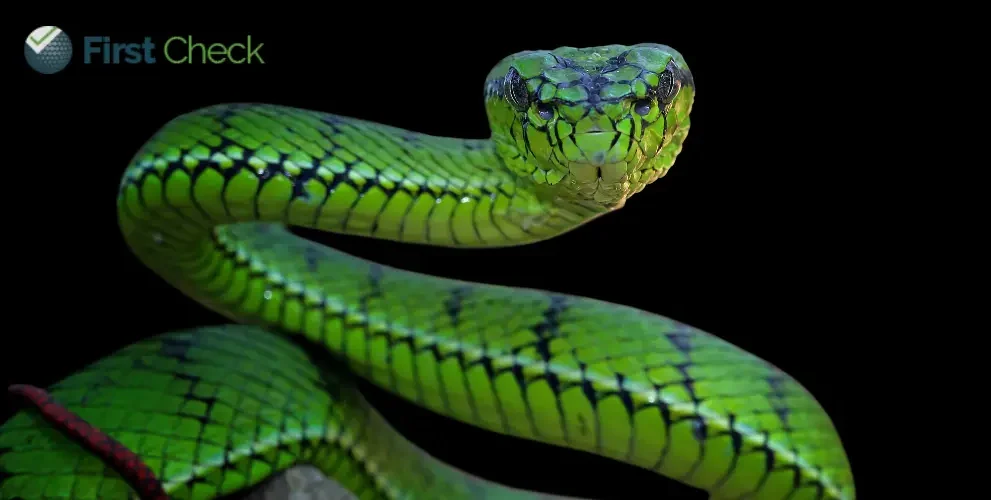Latest
FACT CHECK: Should you tie and suck a snake bite, as shown in movies?
Experts however advise against these methods. The World Health Organisation recently shared a video in which they discuss the dangers of sucking the venom out from a snake bite wound.
Author
Author
- admin / 1 year

- 0
- 3 min read

Author
CLAIM
If bitten by a snake, tie off that part, cut the wound, and suck the venom out as shown in movies. Local traditional medicine can also help.
FACT
World Health Organization cautions against these methods, saying it doesn’t help in the real world and can even prove dangerous. A tourniquet applied too tight can even lead to potential amputation.
If you regularly watched old Indian movies, this might sound like a familiar scene to you: somebody is bitten by a venomous snake, and in a bid to save them, a loved one starts by tying off the part to stop the supposed circulation of the venom and sucking the venom out from the wound. A green paste, said to a local herbal medicine, is also applied onto the wound.
While it might have seemed dramatic to some, many still believe this is the fastest and most efficient way to treat snake bites.
In fact even today, there are videos on YouTube and other places that speak of “herbal” medicines and “traditional treatments” that can help treat snake bite wounds.
Experts however advise against these methods. The World Health Organisation recently shared a video in which they discuss the dangers of sucking the venom out from a snake bite wound.
When asked specifically about whether one should suck the venom out, as many have grown up watching in movies in the subcontinent, Dr David Williams, who is a WHO Scientists who works on tropical disease, said an emphatic no.
“So the thing about movies is that they are fiction, and the hero and the heroine are never allowed to die. Unfortunately, those techniques in real life, it’s not just that they don’t work, it’s also that they can be very dangerous,” he said.
He explained how a tourniquet that has been applied too tightly could even lead to potential amputations.
“If you’re sucking the venom out, and you have poor dental hygiene, you can end up with two people being bitten by the snake and not just one,” he said.
Most important thing, according to WHO, is not to panic when bitten by a snake. Don’t waste time getting to the nearest health centre as quickly as you can. A proper medical treatment within the first 4 to 6 hours offers the best chance for survival. Harmful first aids and traditional remedies should be avoided.
WHO advises against tying a rope or wire around the limb, cutting the wound, or applying electric shock.
Other precautions WHO recommends are to avoid giving food to a snake-bite victim as they can choke on that. Similarly, if they have rings, bangles, watches or other tight things on their bodies around the bite area, they should be removed as well. Sometimes snakebite causes local swellings, and these objects can cut off the circulation.
Also never lay a victim on their back, but in a recovery position on their side with the head tilted to the side and downwards. This can prevent them from losing their ability to breath and also from literally choking to death on their own vomit.









